There are two explanations for the term June Festival. The first explains that arose in light of the festivities take place during the month of June. Another version says it's party has its origins in Catholic countries of Europe and therefore would be in honor of St. John In principle, the party was called Ioannina.
According to historians, this festival was brought to Brazil by the Portuguese, even during the colonial period (time when Brazil was colonized and ruled by Portugal).
At that time, had a great influence of cultural elements Portuguese, Chinese, Spanish and French. From France came the dance marked characteristic of the typical dances and noble, in Brazil, has greatly influenced the typical gang. Since the tradition of off fireworks came from China, the region where the manipulation would have arisen from the manufacture of gunpowder for fireworks. Iberian Peninsula have been dancing tapes, very common in Portugal and Spain.
All these cultural elements were, over time, blending the cultural aspects of Brazilians (indigenous, african-Brazilian and European immigrants) in different regions of the country, taking particular features in each.
June Festivals in the Northeast
Although celebrated in all corners of Brazil, in the Northeast parties gain a great expression. The month of June is the time to do homage to the three Catholic saints: St. John, St. Peter and St. Anthony. How is a region where drought is a serious problem, the Northeast enjoy the festivities to thank rare rains in the region that serve to maintain agriculture.
In addition to gladden the people of the region, the parties represent an important economic times, as many tourists visit northeastern cities to accompany the festivities. Hotels, clubs and businesses increase profits and create jobs in these cities. Although most visitors are Brazilians, it is increasingly common to find tourists Europeans, Asians and Americans who come to Brazil to closely monitor these parties.
Typical foods
As the month of June is the harvest of corn, much of sweets, cakes and pastries, related to the festivities, are made of food. Fritters, cural, boiled corn, hominy, couscous, popcorn, corn cake are just some examples.
Besides the recipes with corn, are also part of the menu this season: sweet rice, groundnut cake, nut cake, bombocado, corn bread, coconut candy, foot-boy, quentão, mulled wine, sweet potatoes and more.
Traditions
Traditions are part of the celebrations. The month of June is marked by bonfires, which serve as a center for the famous dance gang. The balloons are also part of this scenario, although increasingly rare on the basis of laws that prohibit this practice, because of fire risks they represent.
In the Northeast, is still very common group formation revelers. These groups are walking and singing through the streets of cities. Go past the houses, where residents leave windows and doors in a lot of food and drink to be tasted by the revelers.
In the Southeast region are carrying out traditional bazaars. These festivals are held by churches, colleges, unions and companies. They have booths with ethnic foods and games to encourage visitors. The dance of the gang, usually occurs during the entire fair.
As St. Anthony is considered the matchmaker, the sympathies are common for single women who wish to marry. On June 13, the Catholic distribute the "bread of St. Anthony." Tradition has it that the blessed bread should be placed alongside other groceries in the house so that it never occurs to miss. Women who wish to marry, tradition says, to eat of this bread.
 Share / Save
Share / Save
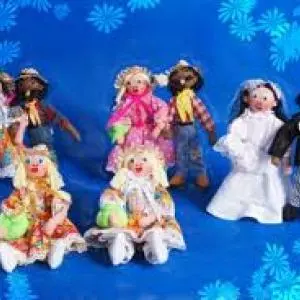
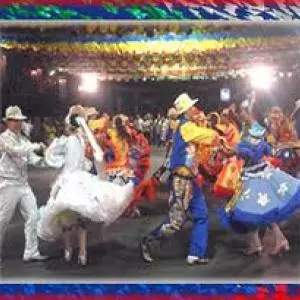

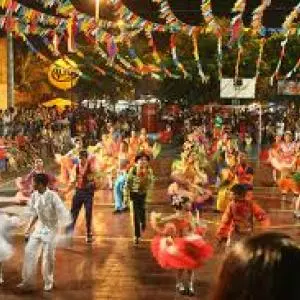

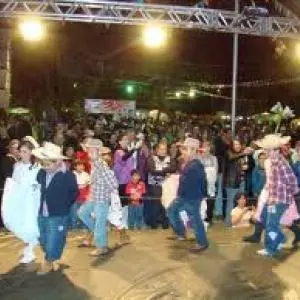
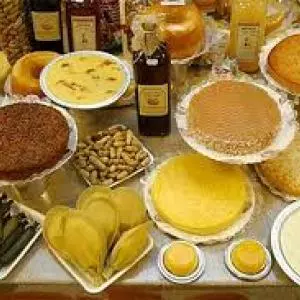








Comments 1
Say something